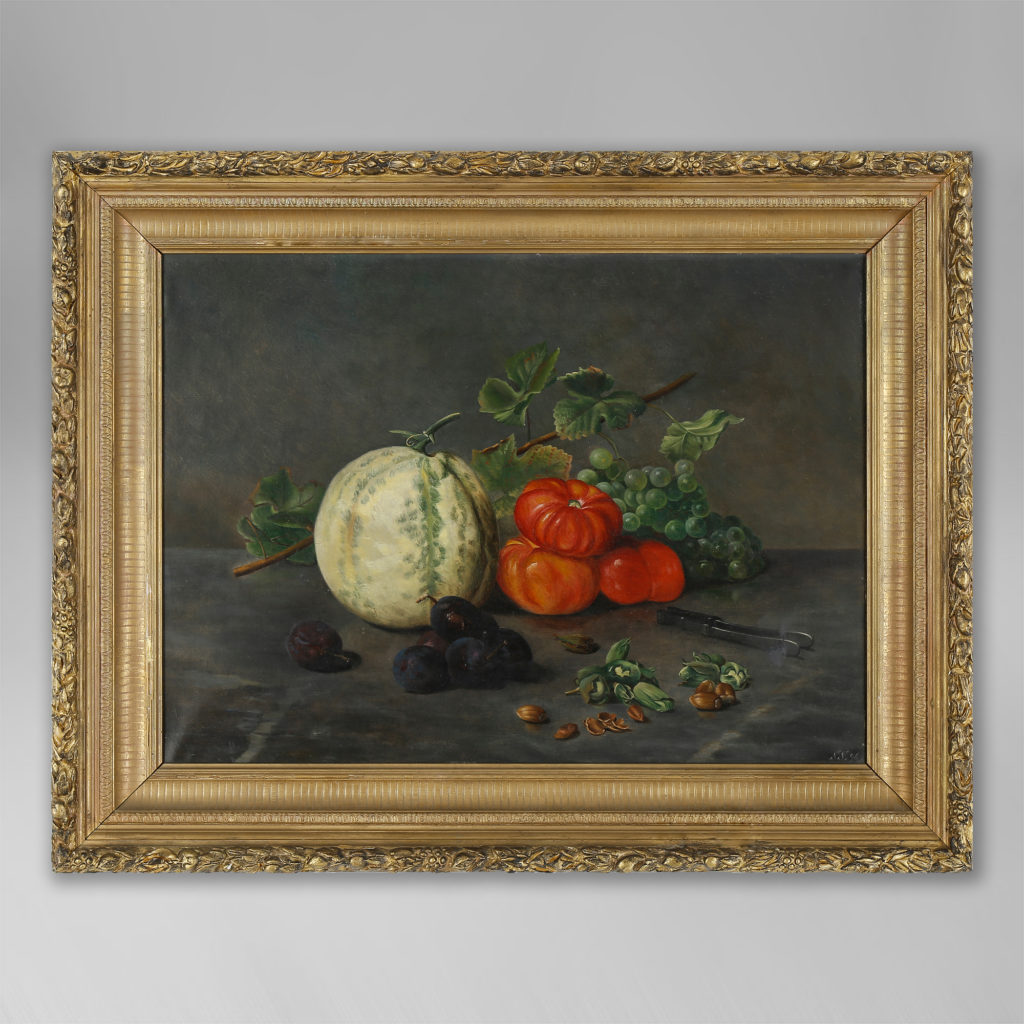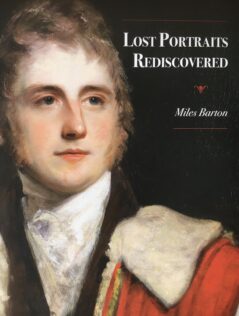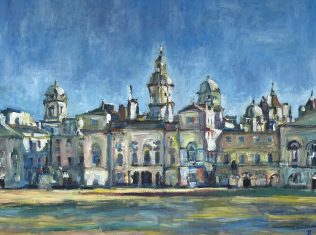Still life painting was established as an independent genre of art in the 17th century. While it derived from beautiful, well observed and arranged details of larger compositions, there is some evidence of earlier still life depictions. Until the 1600s, however, they were never classified in a category of their own as they were seen merely as studies or fragments to decorate larger entities. While the Netherlands were certainly pioneers in the subject, a small number of painters in Germany, Spain (see below), Italy and France followed suit, even in these early days.
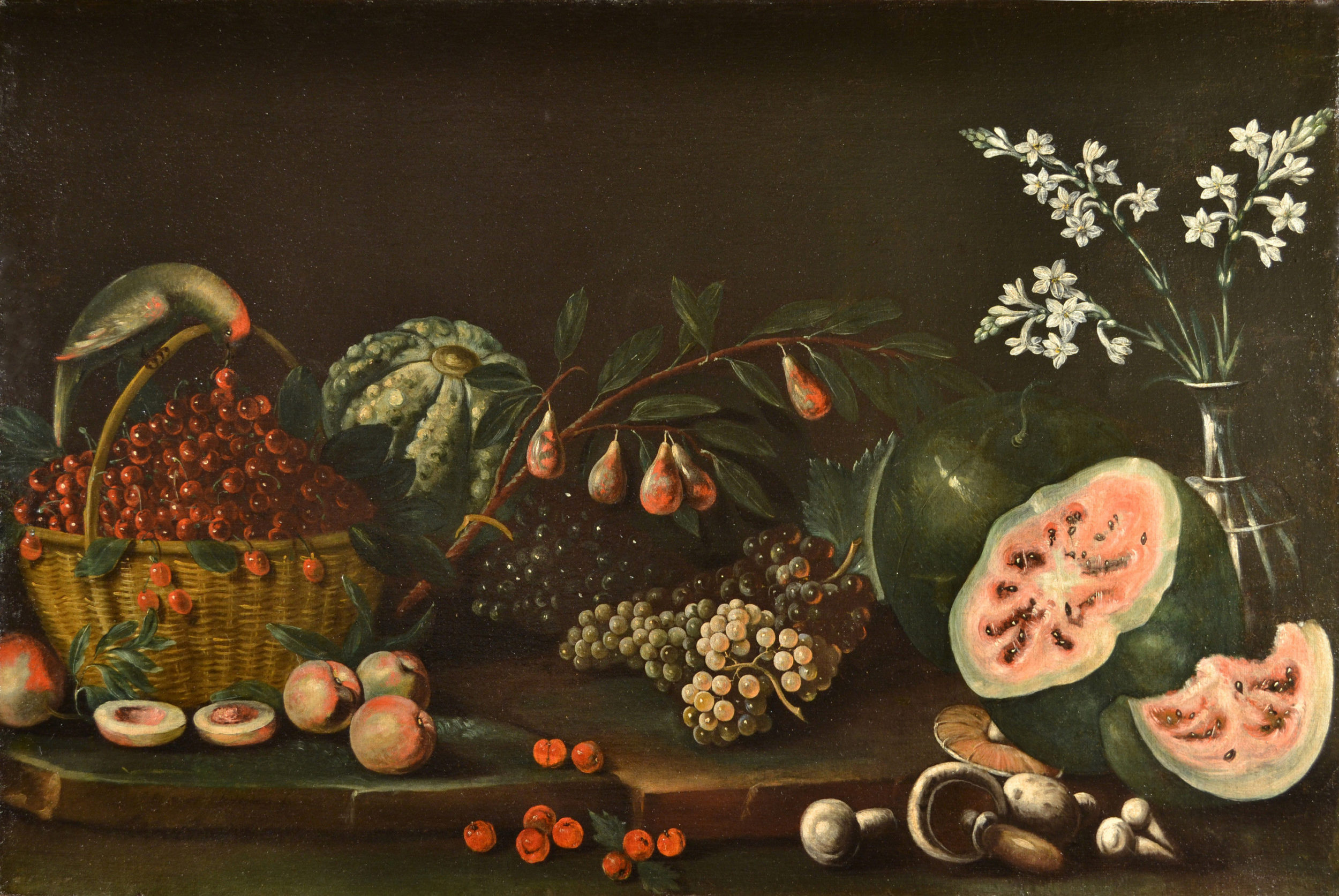
The subject matter for such depictions was focused on, but not limited to: “kitchen” scenes of delicately arranged fruit and flowers, decadent “market” scenes of fish, meat and shellfish, composition of hunting trophies as well as “studiolo” depictions of books, manuscripts and musical instruments.
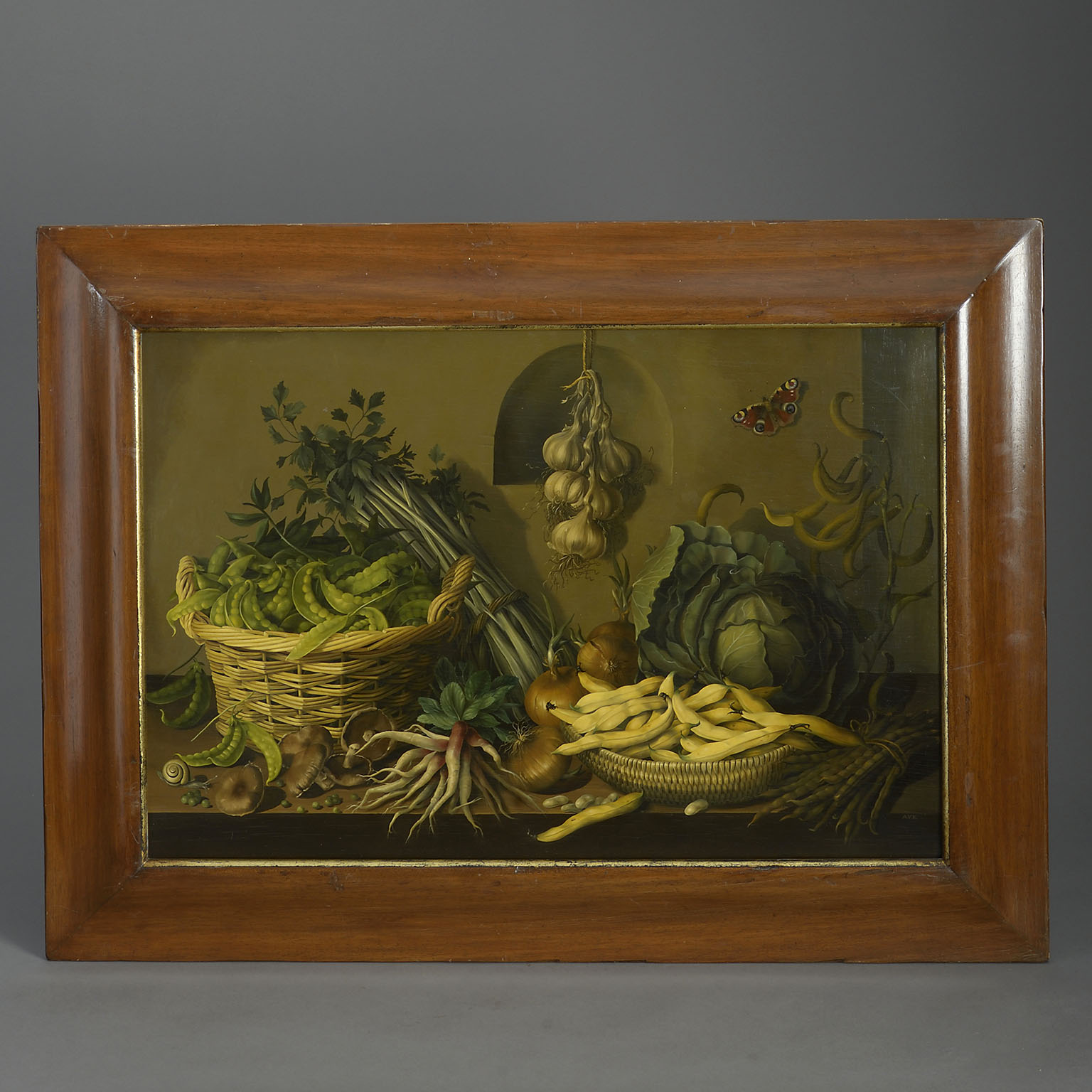
There are a number of reasons for this rise of interest in inanimate subject matter such as a growing intellectual concern for the natural world, the rise of the middle classes (replacing the state as well as the church as main patrons of the arts) and an increase of urbanisation. Here, the attention increasingly turned to the secular with an emphasis on the diversity of homes, personal property, education and trade. During the 17th century, compositions were more and more often the artist’s choice rather than patron led. Finished works were then sold on markets, in galleries or at the artist’s studio.
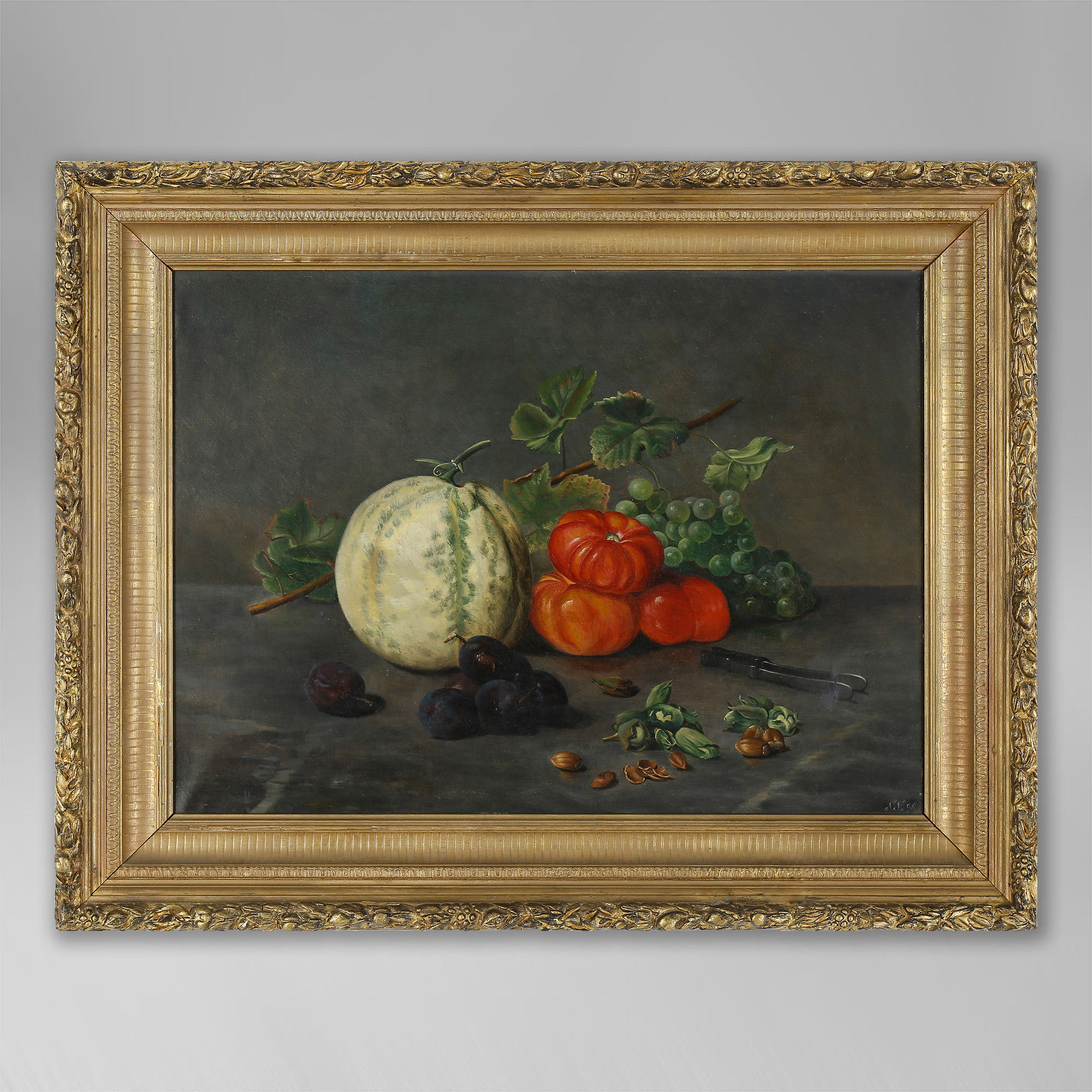
The above painting features a variety of kitchen staples which, if interpreted within an art historical context, reveal their significance. While rip fruit generally has an erotic undertone and symbolises fertility, one can also read the idea of vanitas into it; reminding us that everything is ephemeral.
Dark, ripe plums and tomatoes not only share the above undertones, but plums signify loyalty as well as the suffering of Christ, whereas tomatoes (or ‘love apples’) stand for the Fall of Man. Melons are generally linked to luxury, wealth, sensuality and creativity; grapes are not only a symbol of trade, but allude to purity as well as the union between man and god (most often Bacchus). Much like the hazelnut shown in the foreground of the image, grapes are also associated with fall and harvest.
To view the above paintings visit Timothy Langston Fine Art & Antiques on the Pimlico Road in London.

